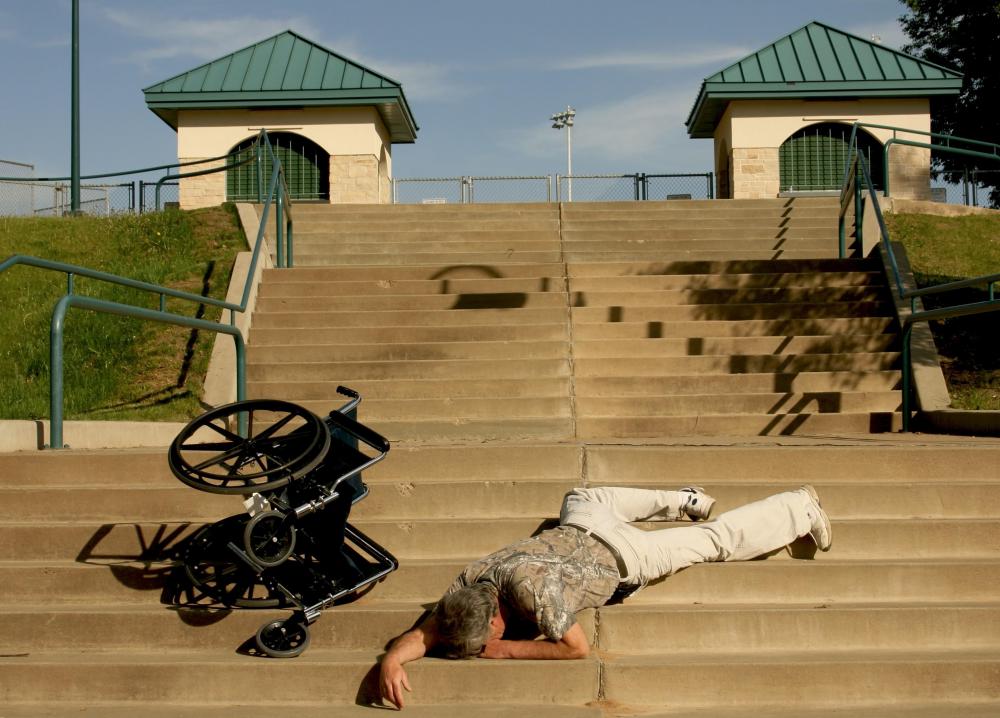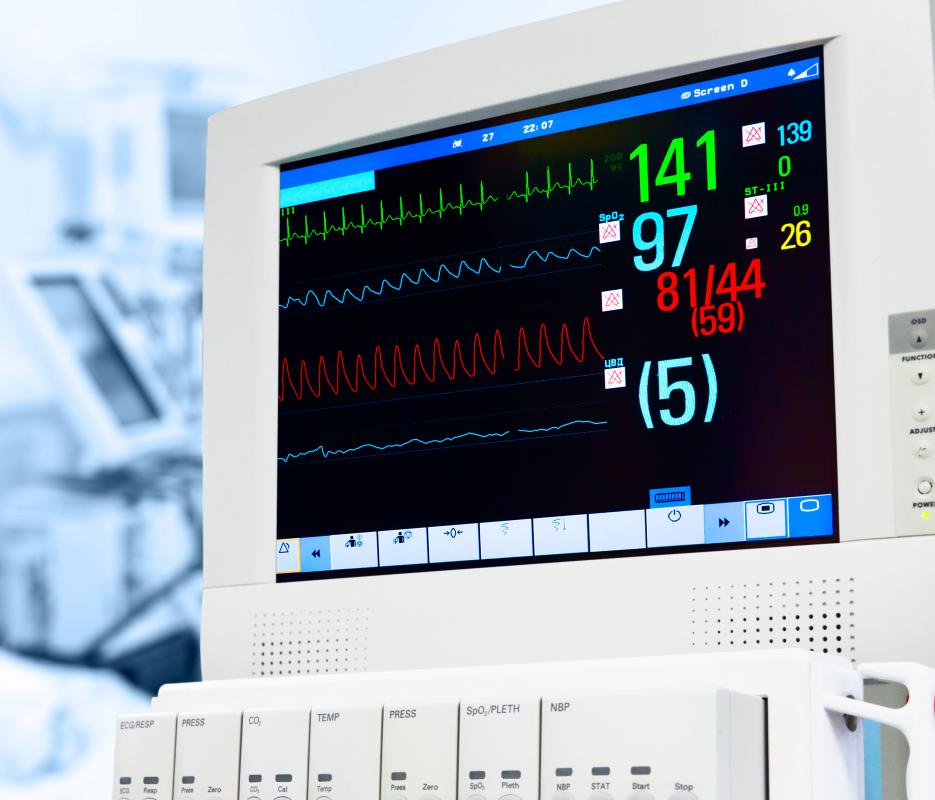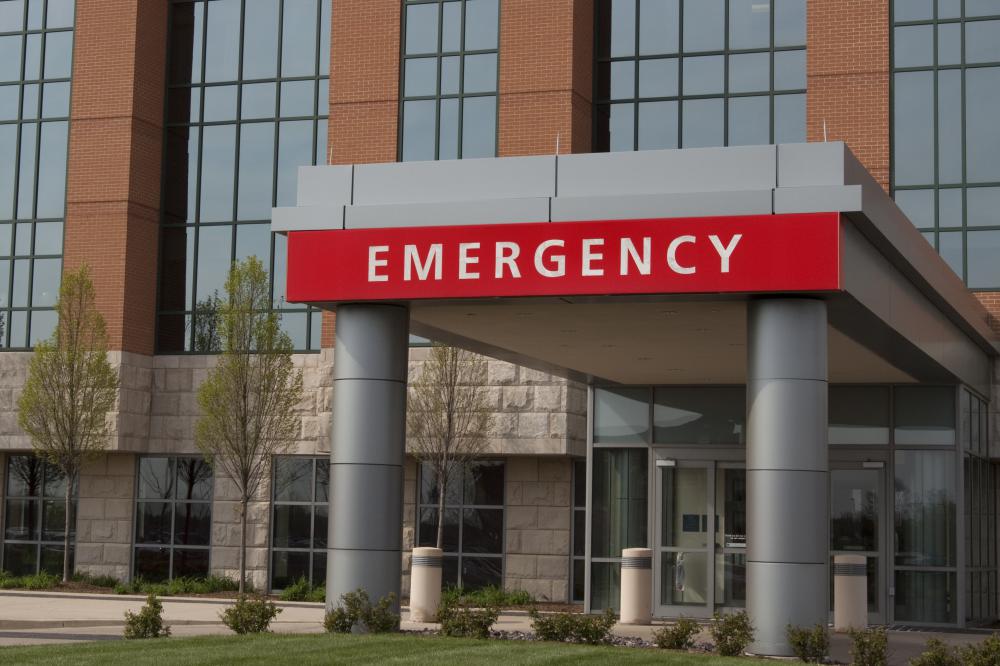At TheHealthBoard, we're committed to delivering accurate, trustworthy information. Our expert-authored content is rigorously fact-checked and sourced from credible authorities. Discover how we uphold the highest standards in providing you with reliable knowledge.
What Are the Different Types of Emergency Care?
Emergency care is a type of medical care performed in situations that threaten patients' life, limbs, or senses. It can be performed in a hospital or clinical setting by doctors and nurses or in the field by emergency medical technicians. The primary goal of emergency care is to stop the immediate threat; treating the underlying condition comes after the team stabilizes the patient. Types of emergency care include cardiopulmonary resuscitation (CPR), injections and intravenous fluids, measures to stop excessive bleeding, and vital sign monitoring.
CPR, a procedure used to restart a patient’s heartbeat and respiration, is one of the most common types of emergency care. Medications given through injections and fluids given through an intravenous line are also common both in the field and in a hospital setting. Fluids may be required to replace lost electrolytes or blood volume. When patients are losing a significant amount of blood through a wound, the emergency medical team must act to prevent further blood loss by putting pressure on the wound or sealing it up with sutures. Some patients may require emergency surgery to repair extensive damage or remove infected organs.

Treating a patient that requires emergency care is a little different from treating one who is already stable. The medical team’s main goal is to keep the patient alive, often by any means required. While they will do their best to ensure that no further damage occurs to the patient, in some cases they may need to risk breaking bones during CPR, amputate limbs that are trapped or mangled beyond repair, or perform other tasks that result in long-term issues. If a patient is unconscious and a family member is unavailable to provide consent, the team must make decide what procedures would be in the best interest of the patient.

Throughout the life-saving process, medical teams must constantly monitor patients' vital signs. These signs include heart rate, blood pressure, respiratory rate, and temperature. If the vital signs fall significantly outside the normal range, additional measures must be taken to stabilize the patient. The vital signs also provide valuable clues regarding potential issues the patient is facing. For example, excessively low blood pressure can indicate significant loss of blood, while a very fast heart rate may indicate extreme pain or anxiety.

While the majority of emergency care is performed in hospitals or on location is done to preserve life, other medical specialties may offer their own types of emergency care. For example, the loss of a tooth is typically not life threatening, but dentists will still see patients on an emergency basis to prevent it. Emergency cosmetic surgery may also be performed on a patient who suffered a disfiguring accident. Technically, any type of medical condition that requires immediate care to prevent long-term damage can be classified as an emergency. It is up to the medical team to decide which cases represent the most immediate and dangerous threat and treat patients accordingly.
AS FEATURED ON:
AS FEATURED ON:


















Discuss this Article
Post your comments